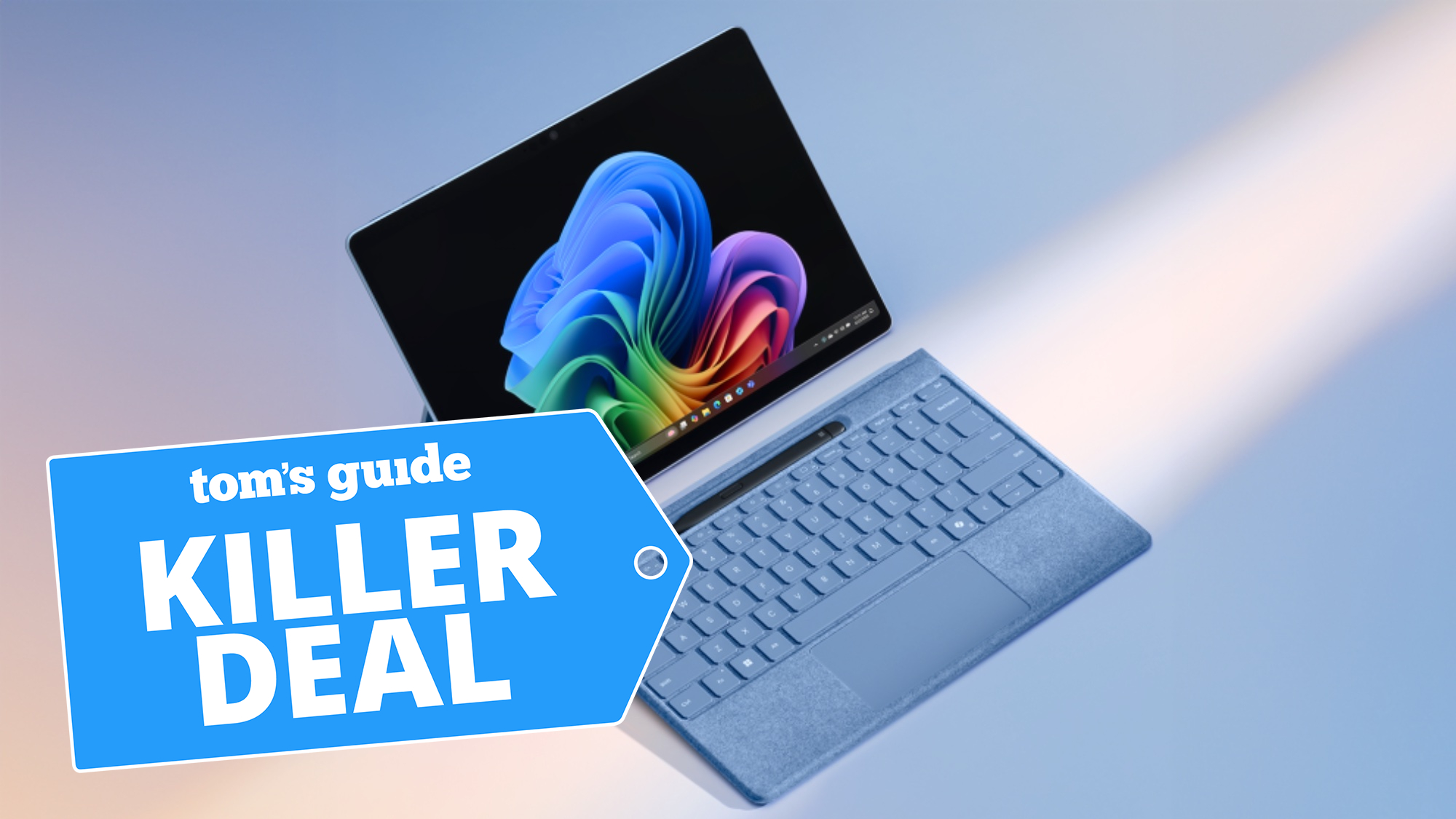
It measures 5 inches longer and about 2 inches wider than the original, bringing some welcomed interior space gains. That gives it a larger footprint than the Toyota Corolla Cross, although it sits slightly lower.
It is based on the e-TNGA electric vehicle platform that has been used throughout a growing roster of battery-powered vehicles, such as the updated Toyota bZ. Here, it is offered in a single powertrain configuration. Toyota claims that the rigidity of this platform has aided suspension tuning, with the pledge of improved refinement.
The C-HR will be offered in two trims when it goes on sale in fall 2025: SE and XSE.
The SE will feature several notable conveniences, including heated front seats and steering wheel, power liftgate, Qi wireless phone chargers, and large 14-inch infotainment screen.
Choosing the XSE steps the wheels up from 18 inches to 20 inches, and allows for two-tone paint schemes. Its seats are upholstered in synthetic leather with a driver memory seat and an eight-way front passenger seat. Other standard features include a digital rearview mirror, lane change assist, surround view cameras, and TrafficJam Assist as part of the adaptive cruise control in stop-and-go traffic.
Pricing has not been announced yet, but we do have many other details to share.
What it competes with: Chevrolet Equinox EV, Hyundai Ioniq 5, Nissan Ariya, Volkswagen ID.4, Volvo EX30
Powertrain: 338-hp, dual electric motors; 74.7 kWh battery; all-wheel drive
Price: $38,000-$45,000 (estimated)
On sale: Fall 2026
Final assembly point: Japan
Source link









